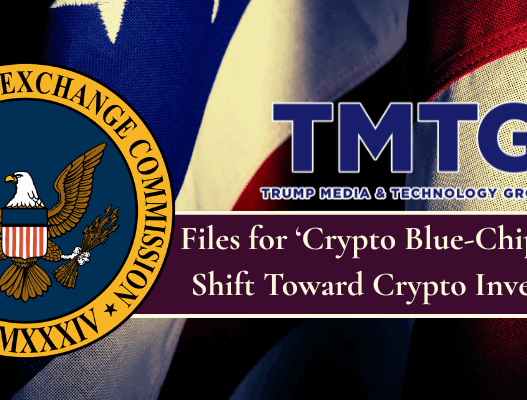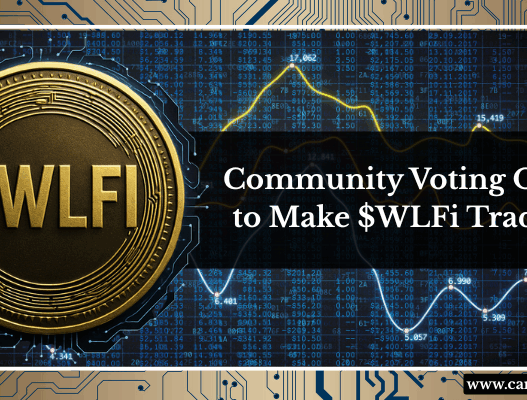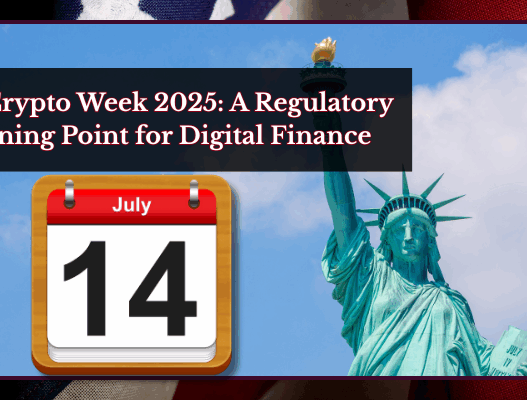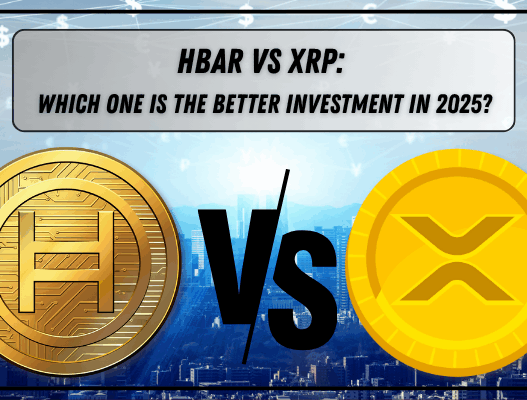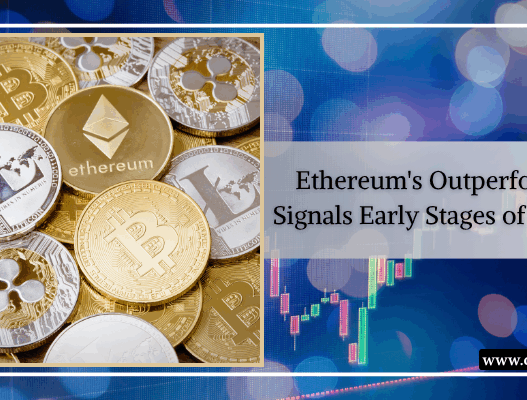crypto price volatility can affect users’ purchasing power during transactions. With both users and merchants exposed to conversion risks, it falls on the platforms to work upon finding solutions around settlement speed. Platforms are responding with real-time rate locking along with stablecoin adaption and dynamic pricing mechanisms. Users’ education too is necessary to maintain trust in crypto-based payments.
_______________________________________________________________
The crypto market has always been celebrated as a potential industry with higher returns. With Bitcoin surging past Gold, and other altcoins enjoying their seasons every now and then, crypto market has always kept news channels busy. However, such fame doesn’t come without a notorious downside. In the case of crypto it is – ‘Miss Volatility’. Investors might handle the price fluctuation in their pursuit of profits, but when it comes about friction, while converting crypto to fiat, then it is troublesome. When the spending power of a user is affected by increased volatility, then the experience becomes sour.
In this article we will try to sum up how volatility can affect a user’s spending power. We also highlight the challenges faced by the platforms, merchants and consumers while navigating the price fluctuation.
Crypto to fiat : a double-edged sword for crypto users
Traditional currencies maintain stable rates and work on a real time basis, crypto on the other hand have sharp price movement. Settling a transaction initiated in the morning might be worth less or more by the time it is settled This volatility creates uncertainty in transactions that involve fiat conversion. Users face issues like –
- Loss of Purchasing Value: If a token drops in value while making a transaction then the user ends up paying more in crypto to meet the fiat equivalent amount.
- Delayed Transactions Amplify Risk: On chain transaction delays mainly due to slower networks or higher congestion faces issues with token value.
- User Hesitancy: Many users avoid making use of their crypto in volatile markets.
Fiat Conversion Complexity: A Merchant’s Dilemma!
Crypto cards and wallets work on real-time crypto to fiat conversion at the moment of sale. Now this is where volatility becomes challenging. Settlement inconsistency can be one of the key factors that can make a merchant bear the brunt. How? A merchant expecting a fixed payment may receive less if the token dips during authorization and conversion. This way they might get payment lesser than what they agreed upon.
How Providers are Responding?
- Instant Conversion Engines: Real time rate locking is an ideal system that the merchants are using to reduce lag-based losses.
- Stablecoin Preference: Stablecoins are ideal payment sources to reduce exposure to price fluctuation.
- Dynamic Alerts: This is another technique used by advanced wallets. It alerts users when major market swings are detected, advising them to pause or adjust amounts.
User education : a missing block.
Users’ understanding about the price fluctuation, when it is happening and what to expect is more important than any other measure. A lot of users understand the criticality of the situation only after experiencing the encounter. Platforms must stress upon helping users to get educated about their service model and potential risk while their execution.
Volatility isn’t going away, but the experience can improve
Volatility in crypto is going to stay for long. It will be on the platforms to create a robust mechanism that can look upon crypto to fiat in real time. It should be their job to make sure both the user and the merchant stay protected during the unpredictable stage.
The market is asking for a real time conversion tool. Encouraging stablecoin usage and investing on users’ understanding too should not be neglected. Only then the platforms will be able to offer more reliable experience, even during volatility.
FAQ
1. Why does crypto market volatility affect everyday transactions?
When a user initiates a transaction, delayed settlement or on-chain processing, can affect its value. This can result in overpayment or underpayment relative to the intended amount.
2. What happens if the price of my crypto drops during a transaction?
If your crypto decreases in value mid-transaction, you may need to spend more tokens to cover the fiat equivalent.
3. Can I avoid volatility risk while spending crypto?
Yes, to an extent by uUsing stablecoins. These are pegged to fiat currencies,and can reduce exposure to price swings.
4. Is volatility the same across all cryptocurrencies?
Major tokens like Bitcoin and Ethereum tend to be less volatile than altcoins. Stablecoins, whereas, are specifically designed to minimize volatility.














